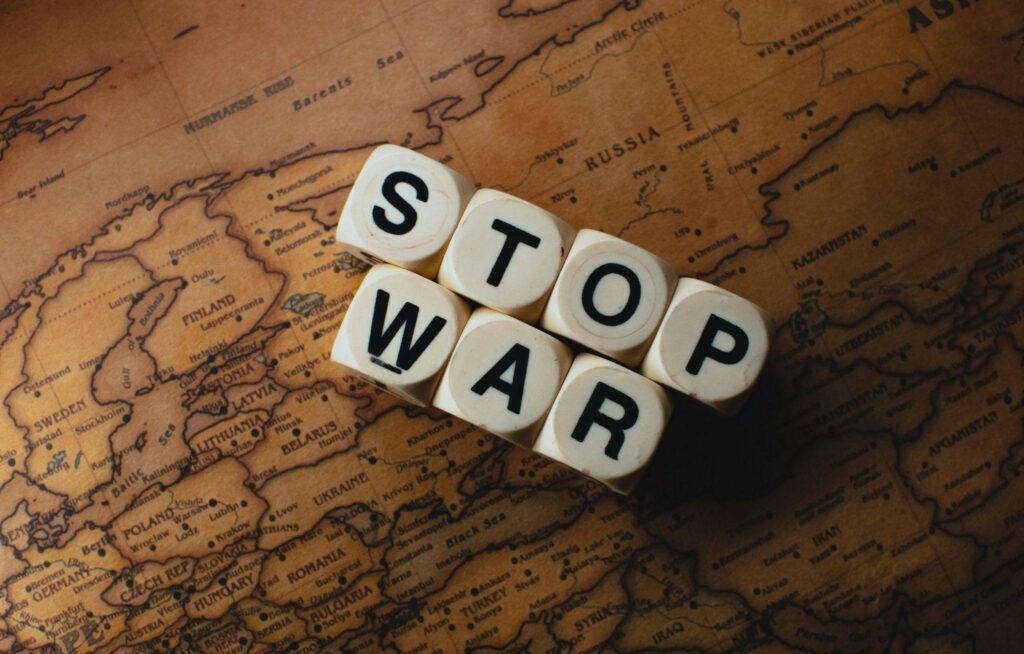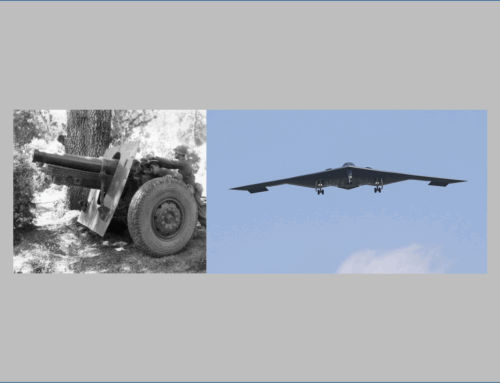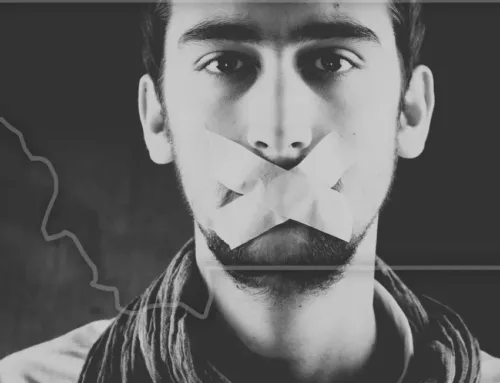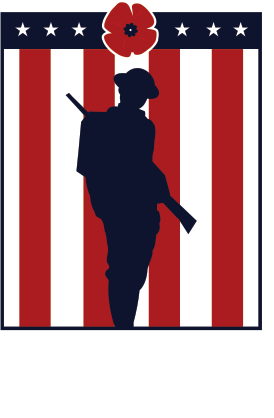The Silent Wounds: Long-Term Mental Health Effects on WWI Veterans
Published: 24 July 2024
By Danny Mills
Special to the Doughboy Foundation website

Silent Wounds 1
World War I, the “Great War” or the “War to End All Wars,” left an undeniable mark on the history of humankind. More than a century later, we’re still seeing the effects of such a vast scale of destruction and the impact on the individuals who served in the conflict, especially those who were lucky to survive.
During the war, over 4.7 million men and women served in the regular U.S. forces, National Guard units, and draft units, with about 2.8 million serving overseas. The state of Georgia had more training camps than any other state and contributed more than 100,000 people to the U.S. armed forces and auxiliaries.
After the war, countless soldiers returned home bearing the silent wounds of the war, the psychological toll that plagued them for the rest of their lives. We’ll try to explore the long-term mental health effects of WWI.
The Horrors of the Trenches
The trenches where the majority of WWI was fought saw horrors that are incomprehensible and unimaginable to the modern mind. The poisoned gas, the bombs, the sight of death and dismemberment – any of these individually was enough to scar a person for the rest of their life. Today, we mostly know about this from veterans’ stories who lived through these horrors.
During the war, the phrase “shell shock” was developed to characterize the psychological effects of these encounters. At first, it was assumed that the artillery shell blasts had physically injured the nerves. But it didn’t take long to realize that the illness was far more complicated. Soon, veterans were exhibiting symptoms like extreme anxiety, tremors, nightmares, and an inability to perform daily tasks.

World War I was a war on an unprecedented scale, with battles often lasting months, causing mental health effects on WWI veterans
Misunderstanding and Stigma After the War
What they called shell shock back then is what we today understand as post-traumatic stress disorder (PTSD). However, after World War I, this illness was frequently misdiagnosed and stigmatized. Many soldiers who showed signs of shell shock were blamed for being cowardly or lying. Rather than receiving humane care, they were subjected to harsh treatments like solitary confinement and electric shock therapy. This lack of knowledge and proper care made the pain of innumerable warriors worse.
Difficulties With Reintegration
Veterans of World War I experienced long-term mental health impacts that went well beyond the immediate post-war period. A lot of veterans had trouble adjusting to civilian life again. They struggled to maintain relationships, jobs, and general mental stability. Their wartime trauma frequently returned as long-term anxiety, depression, and other mental health conditions.
Most veterans experienced intense flashbacks and nightmares that brought their horrific memories back to life. These episodes may be brought on by seemingly harmless stimuli, such as loud noises or particular smells, and would force veterans to relive the horrors of combat. Because these symptoms were so widespread, veterans would frequently fall into a cycle of avoidance. During these cycles, they would withdraw from social interactions and activities that would remind them of their trauma, further isolating themselves from society.
Effects On Veterans’ Families
Just like veterans themselves, their families were also affected by the trauma of war. Veterans’ emotional and psychological suffering was frequently felt most acutely by spouses, kids, and other close family members. Families were ill-prepared to offer the required care at that time due to a lack of knowledge regarding mental health issues. As a result, there were strained relationships, cases of domestic violence, and even generational trauma.
Unfortunately, this misunderstanding of veterans’ PTSD wasn’t suddenly solved a few years after the war. Instead, it would continue to cause further mental health issues for veterans and their families long after WWI.
Progress in the Understanding of Mental Health
Long-term mental health effects on WWI veterans have profoundly impacted our knowledge of trauma and mental illness. The experiences of these warriors greatly aided the advancement of psychology and psychiatry. Research on PTSD and other trauma-related diseases has become increasingly thorough. This brought attention to the need for kind and efficient treatment methods, which sparked the creation of therapies that are still in use.
Some states have made more strides than others, offering veterans additional benefits, both mental-health-related and otherwise. Georgia, notably, offers various benefits for veterans, ranging from tax exemptions and employment preferences to extensive treatment options for PTSD-related issues. With Time Wellness Georgia at the forefront, this state accommodates veterans’ specific mental health needs. Time Wellness provides accessible and effective PTSD treatment using traditional and innovative methods, including medication management, art therapy, mindfulness, and group therapy. This is a great example of how progress in understanding mental health ensures veterans receive the comprehensive support and effective treatment they need.
The Importance of Veteran Support
In a way, World War I changed the way we look at trauma and PTSD. The mental health difficulties experienced by World War I soldiers highlighted the significance of offering sufficient assistance to all veterans. The necessity for specialized services to meet the particular requirements of veterans became increasingly apparent in the years after the war. As a result, initiatives and organizations aimed at offering veterans of the Armed Forces social support, career training, and mental health care were founded.
Alternative Therapies
Despite the general hardships, veterans of World War I also have tales of resiliency and recovery. Many people found comfort and healing through artistic expressions, such as writing, painting, and music. Through these artistic channels, they were able to express their feelings and understand their experiences in ways that words alone were unable to.
For many trauma survivors today, these creative therapies are still essential to their healing journey. Many mental health facilities and veteran’s organizations have formed programs that include art therapy, music therapy, and even writing workshops. These programs create a sense of community and mutual understanding. At the same time, they provide safe spaces for people to examine their feelings and develop an understanding of their trauma.
Final Thoughts on the Long-Term Mental Health Effects on WWI Veterans
While we understand long-term mental health effects on WWI veterans today, this story is far from over. Even in recent conflicts, many veterans are still affected by the silent wounds of war. Considerable work still needs to be done to guarantee everyone gets the assistance and care they require. The experiences of World War I veterans also serve as a reminder of the wider effects of war on society. These people’s psychological wounds are evidence of the severe and enduring consequences of conflict. They push us to think about the full cost of war, which includes the long-term effects on the mental health of those who fight, in addition to the casualties and property damage.
Danny Mills is a mental health advocate. He is the Chief Marketing Officer at Time Wellness Arkansas, a leading wellness and mental health treatment center that provides personalized care for individuals and families.
External Web Site Notice: This page contains information directly presented from an external source. The terms and conditions of this page may not be the same as those of this website. Click here to read the full disclaimer notice for external web sites. Thank you.





